Chester to Bangor
Rhyl - a study in lines
Ride overview
The longest stage and with the most climbing, (1081m) which seems odd as you spend most of your time riding on wide, flat and beautifully smooth promenades beside the sea. There’s a lump a quarter of the way which takes you inland to avoid riding on the very busy main road and passes one of the few mysteries still remaining in this Google Age. Other than that, this is a gentle cruise beside the sea through archetypal British seaside resorts. Expect a briny wind, fish and chips, garish beach balls and and ice creams. There’ll be kids on bikes and dogs under minimal control and plenty of people promenading, sometimes hand in hand, sometimes yelling into their phones, sometimes - or nearly always - talking amiably with their friends, family and companions. It’s a day to sit up in the saddle and cruise along. The route passes Conwy Castle a UNESCO World Heritage Site which still looks forbidding all these centuries later, before ending in the pleasant town of Bangor. If the day looks to be too long, an alternative is to stop in Llandudno with its any attractions and continue onto Holyhead, via Bangor, in the morning.
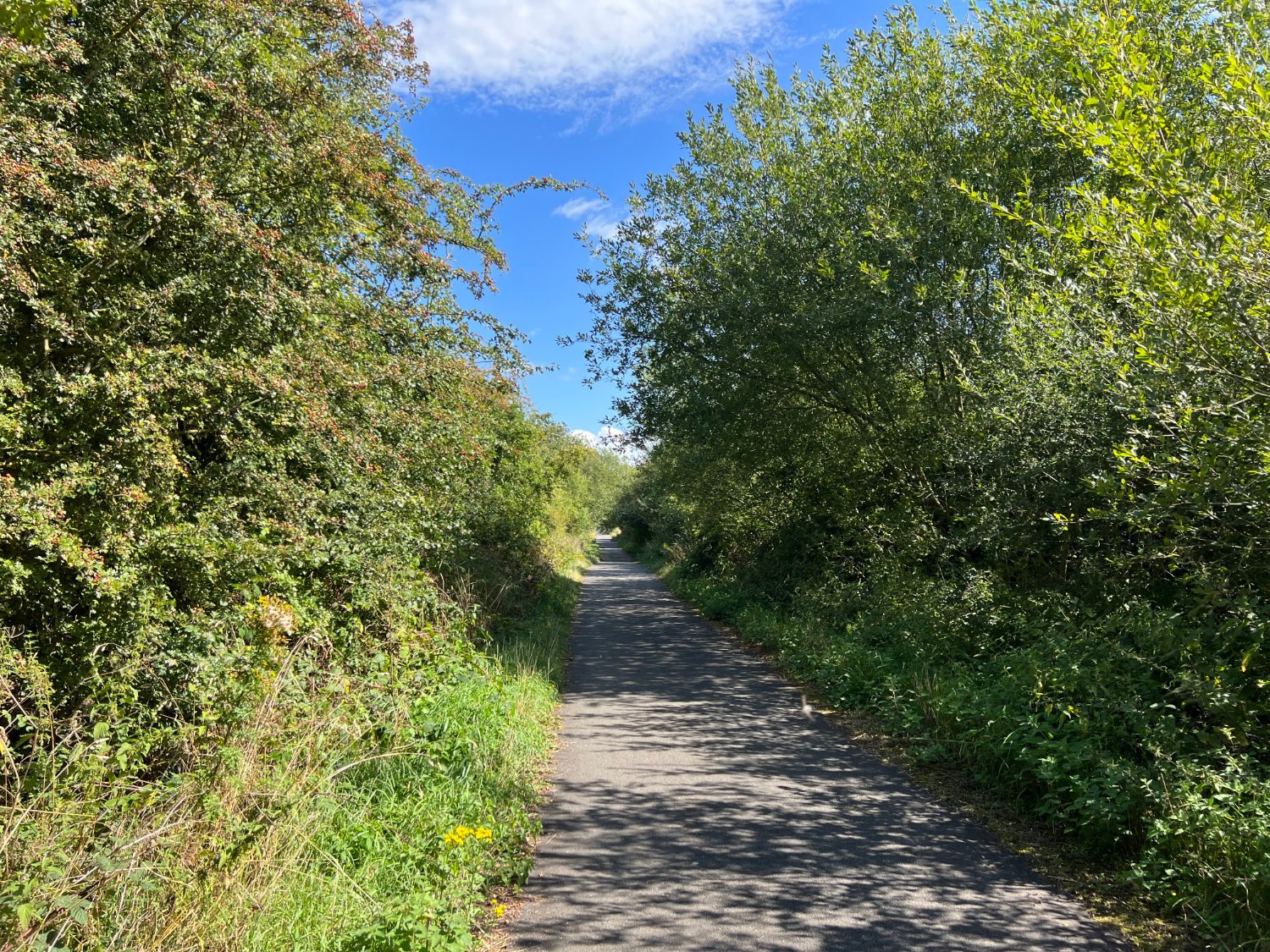
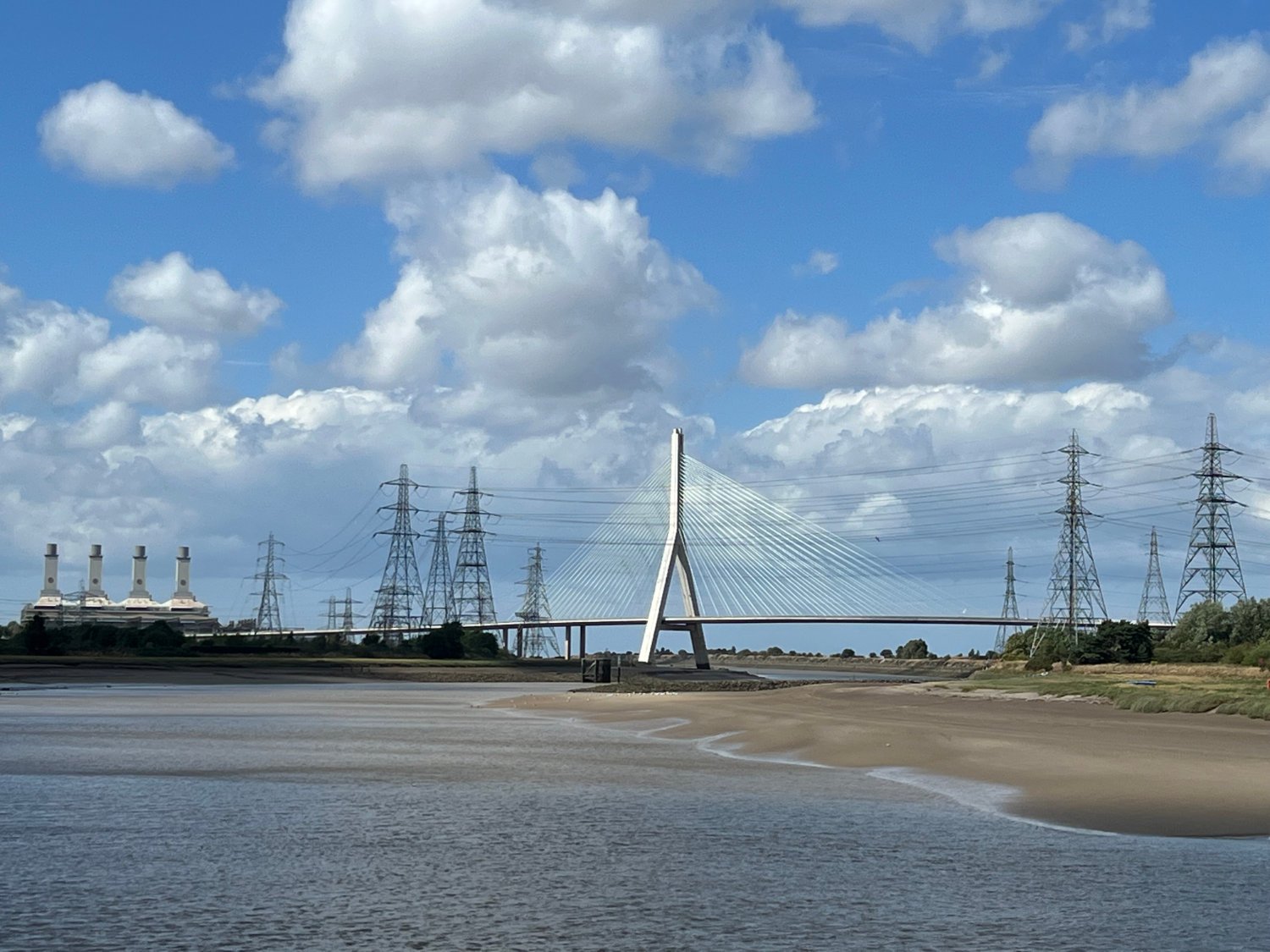


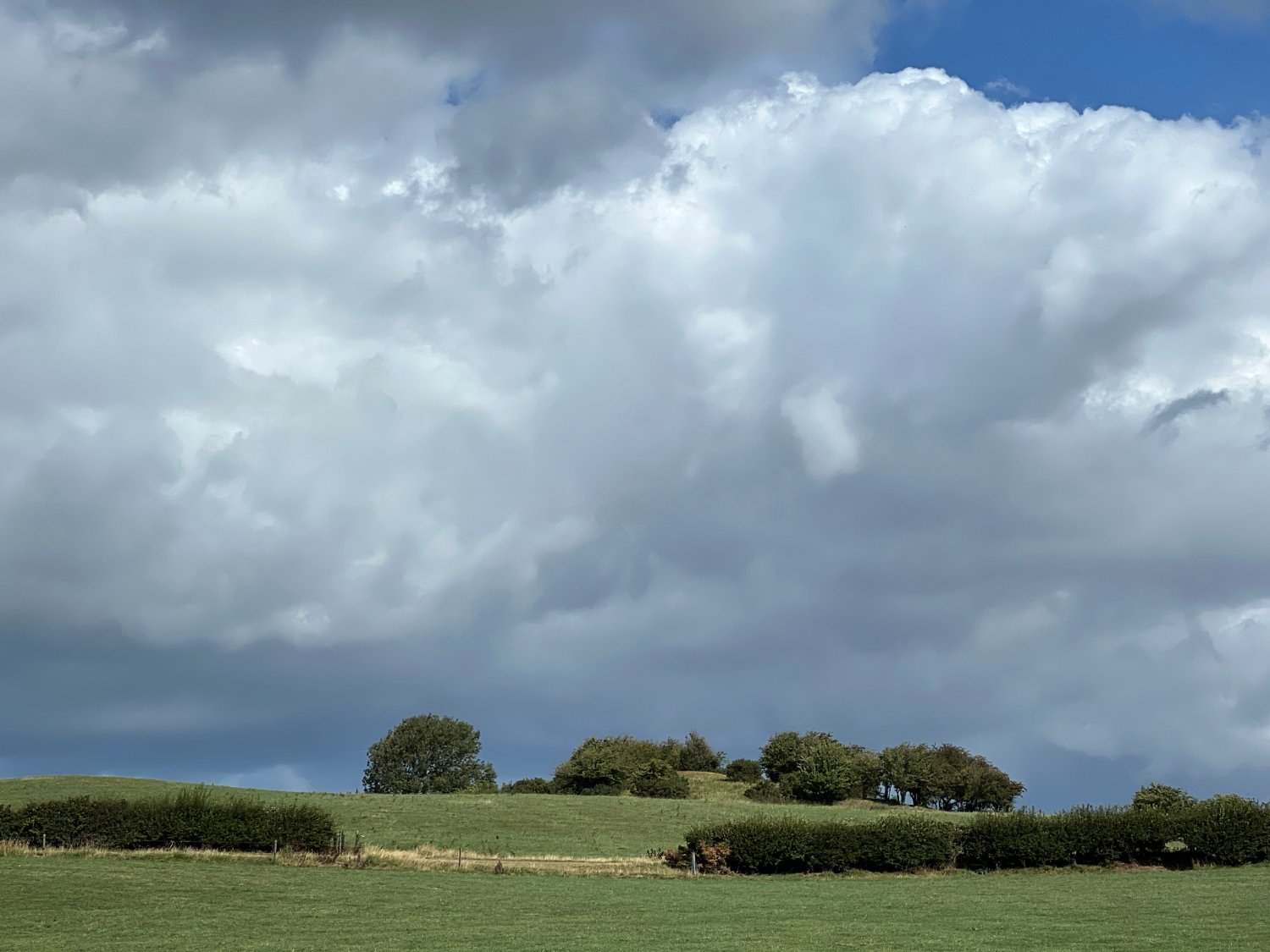
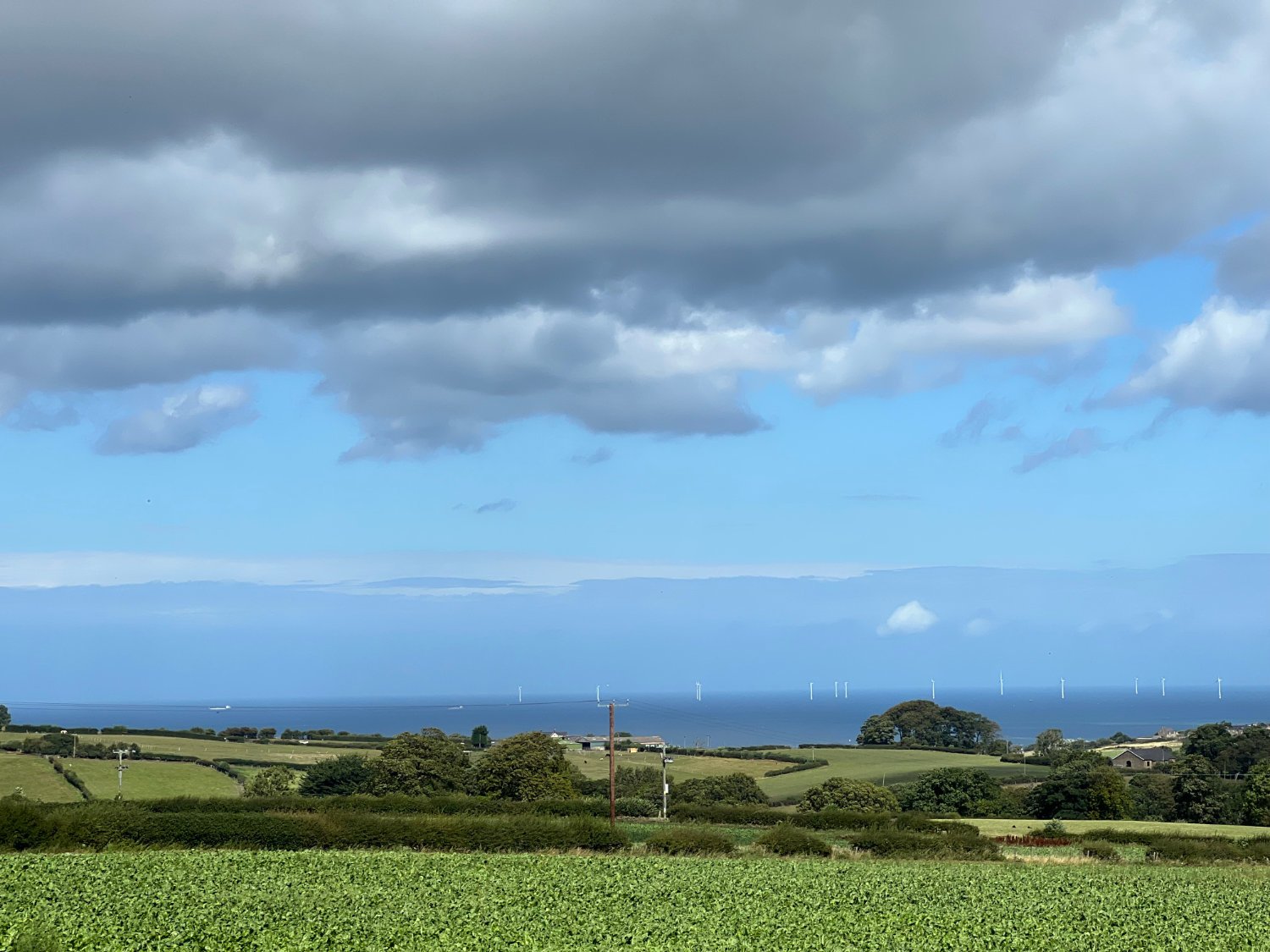
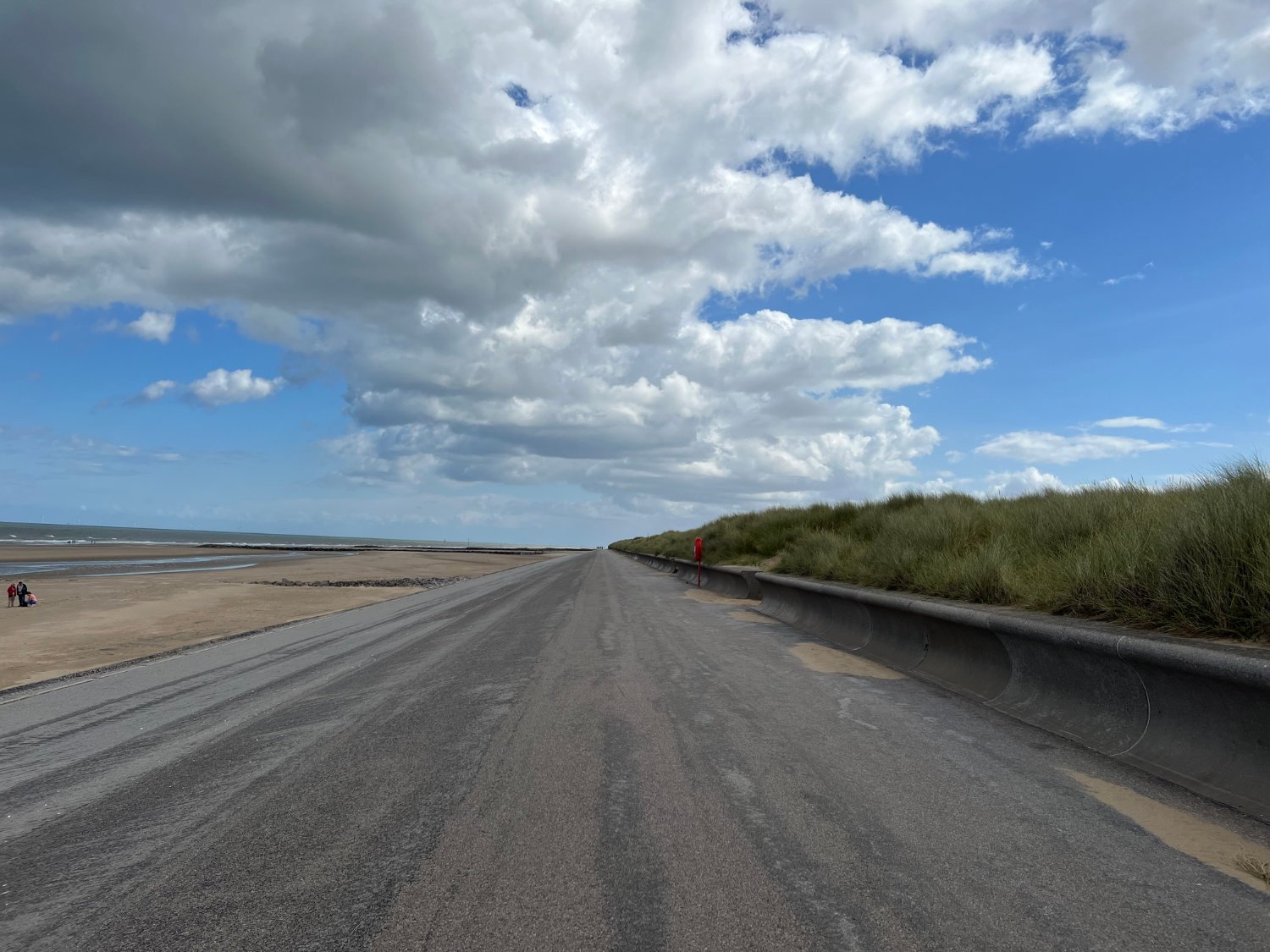
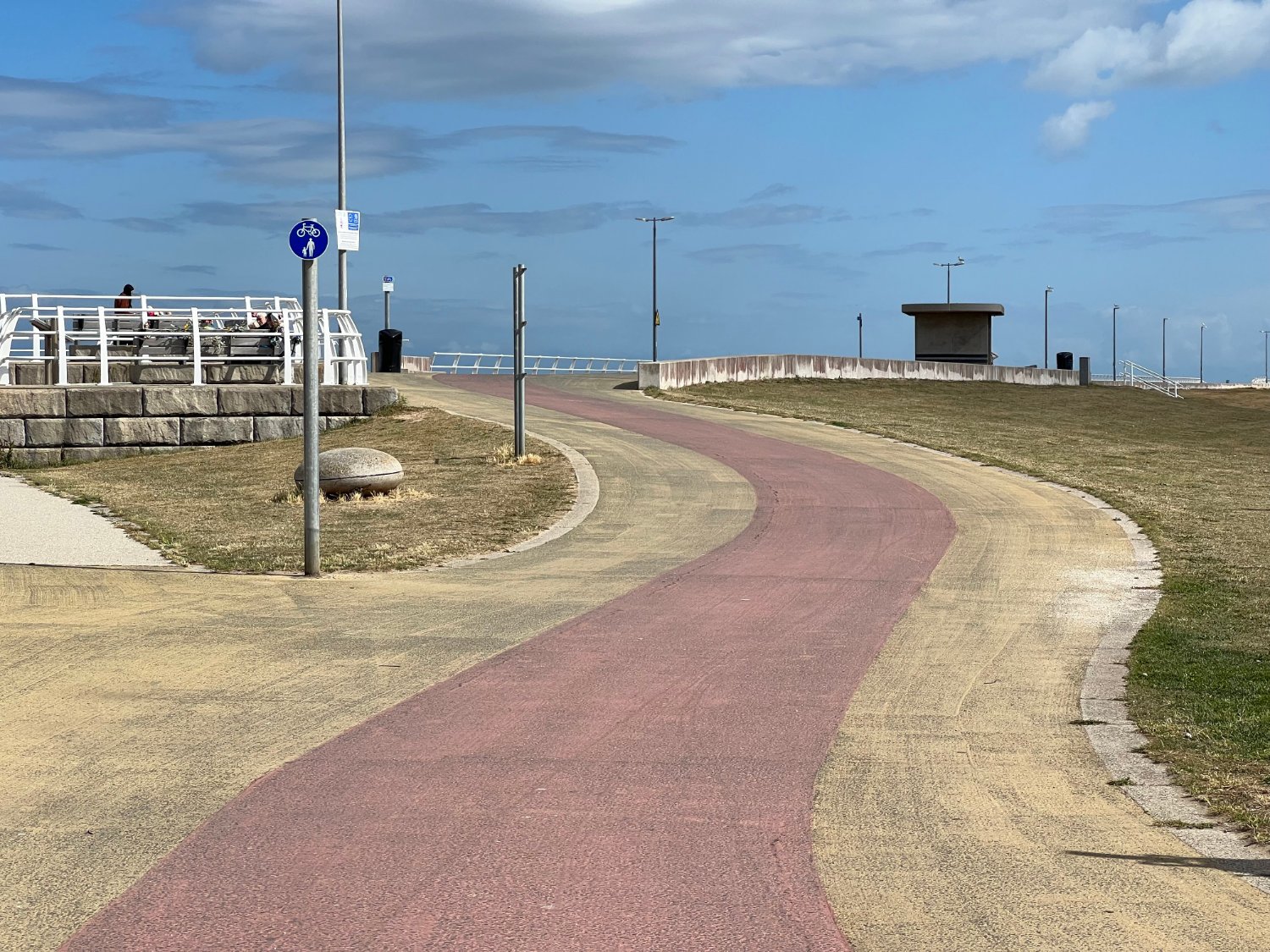
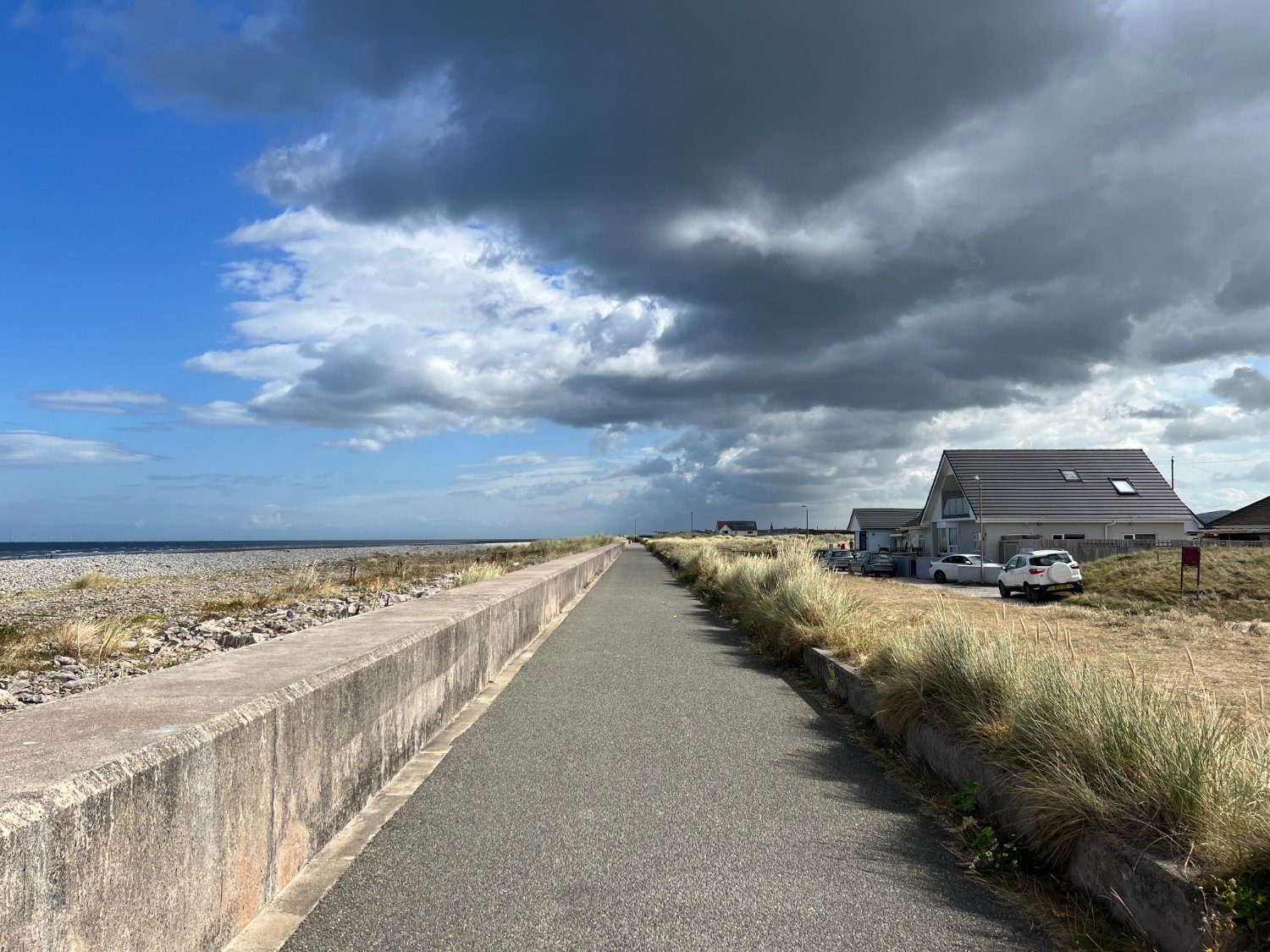
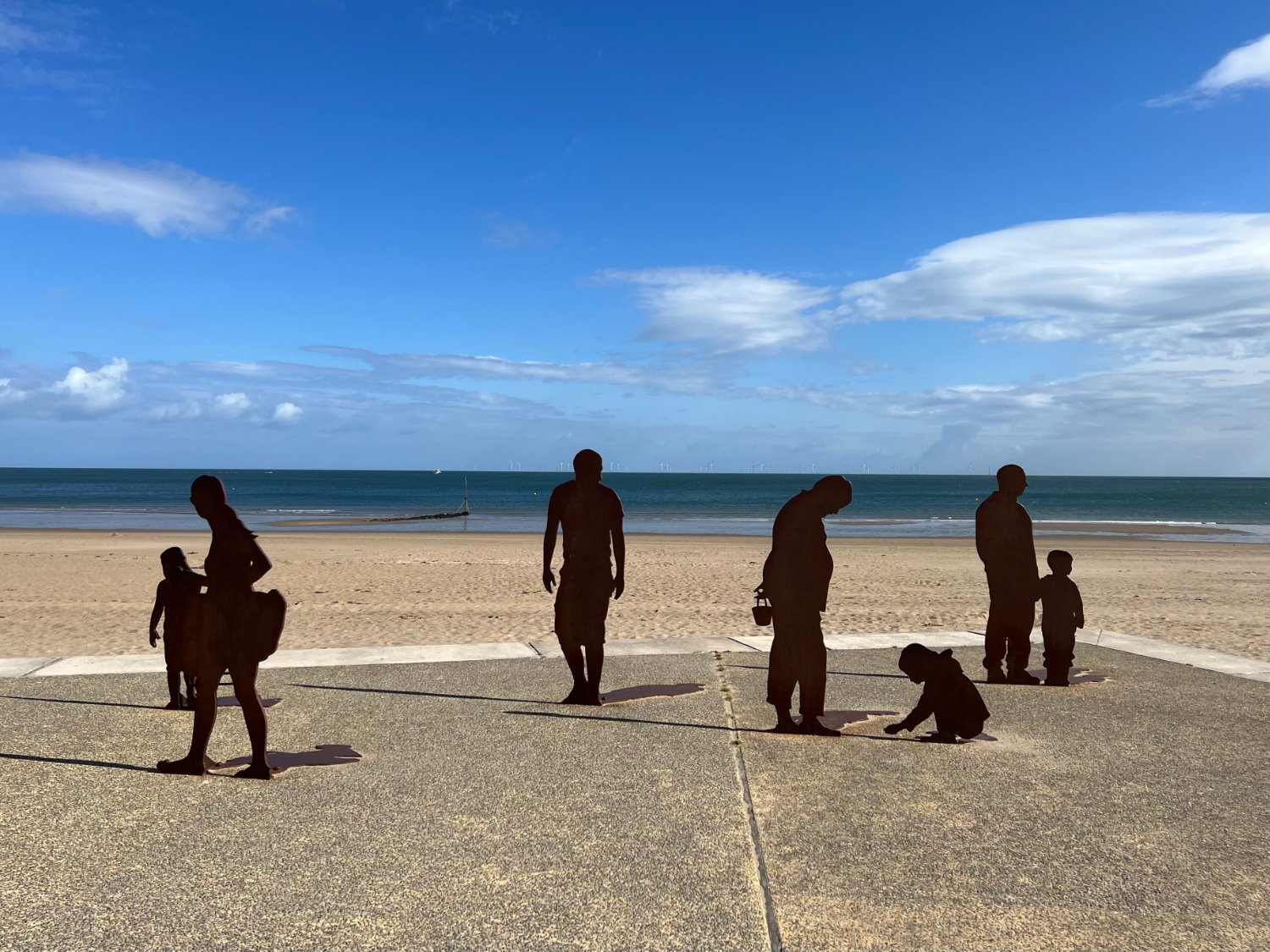
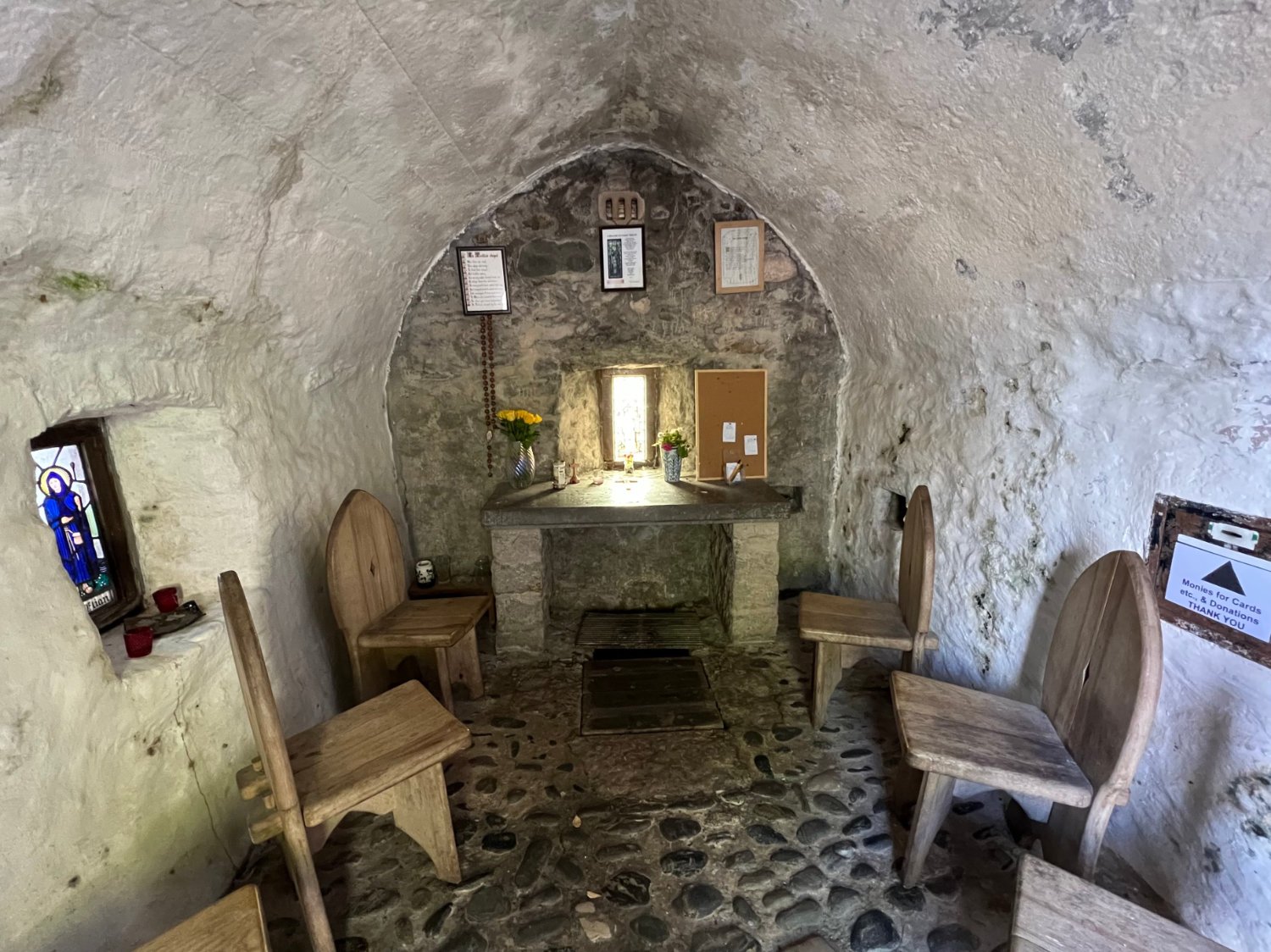
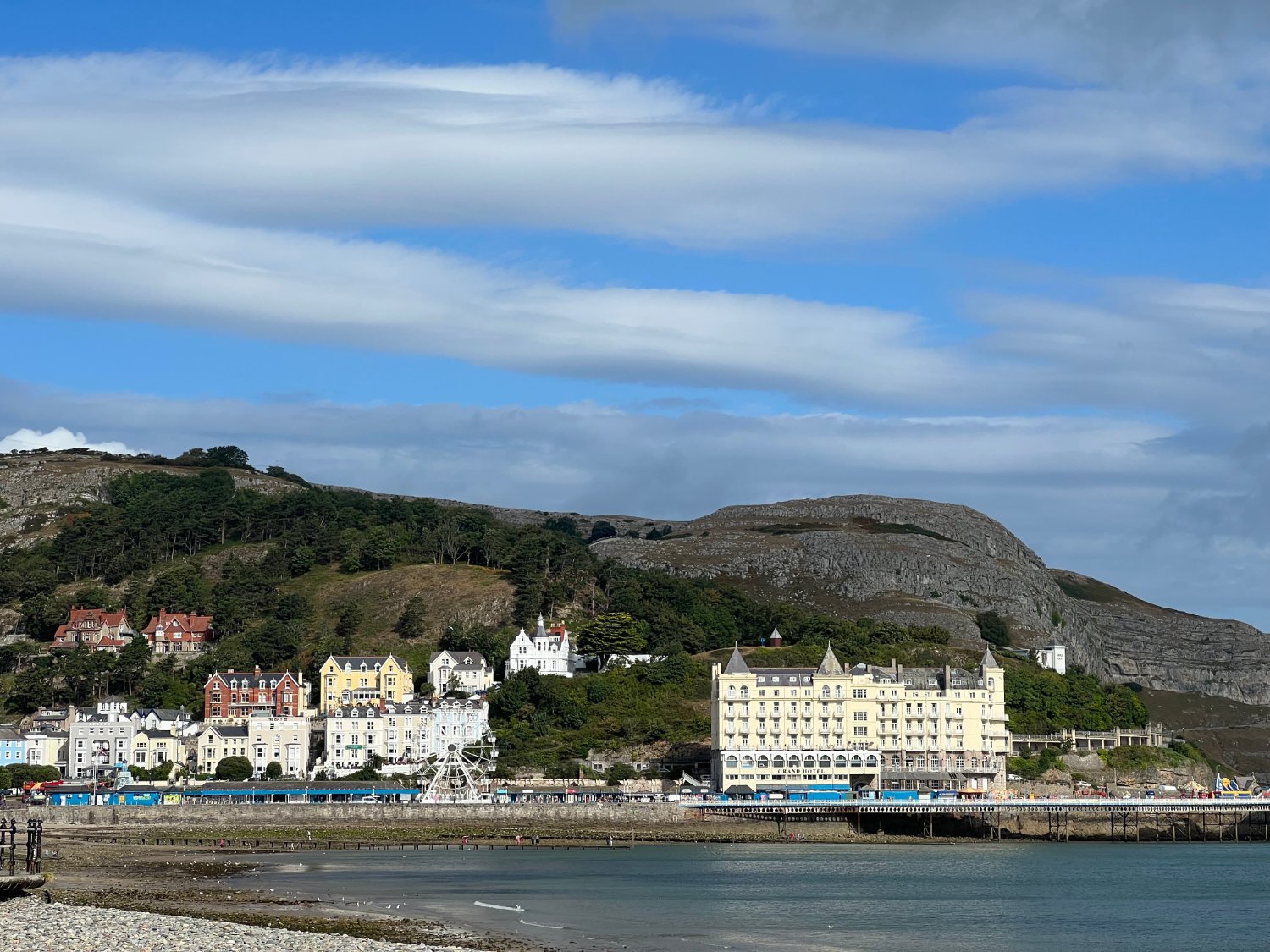
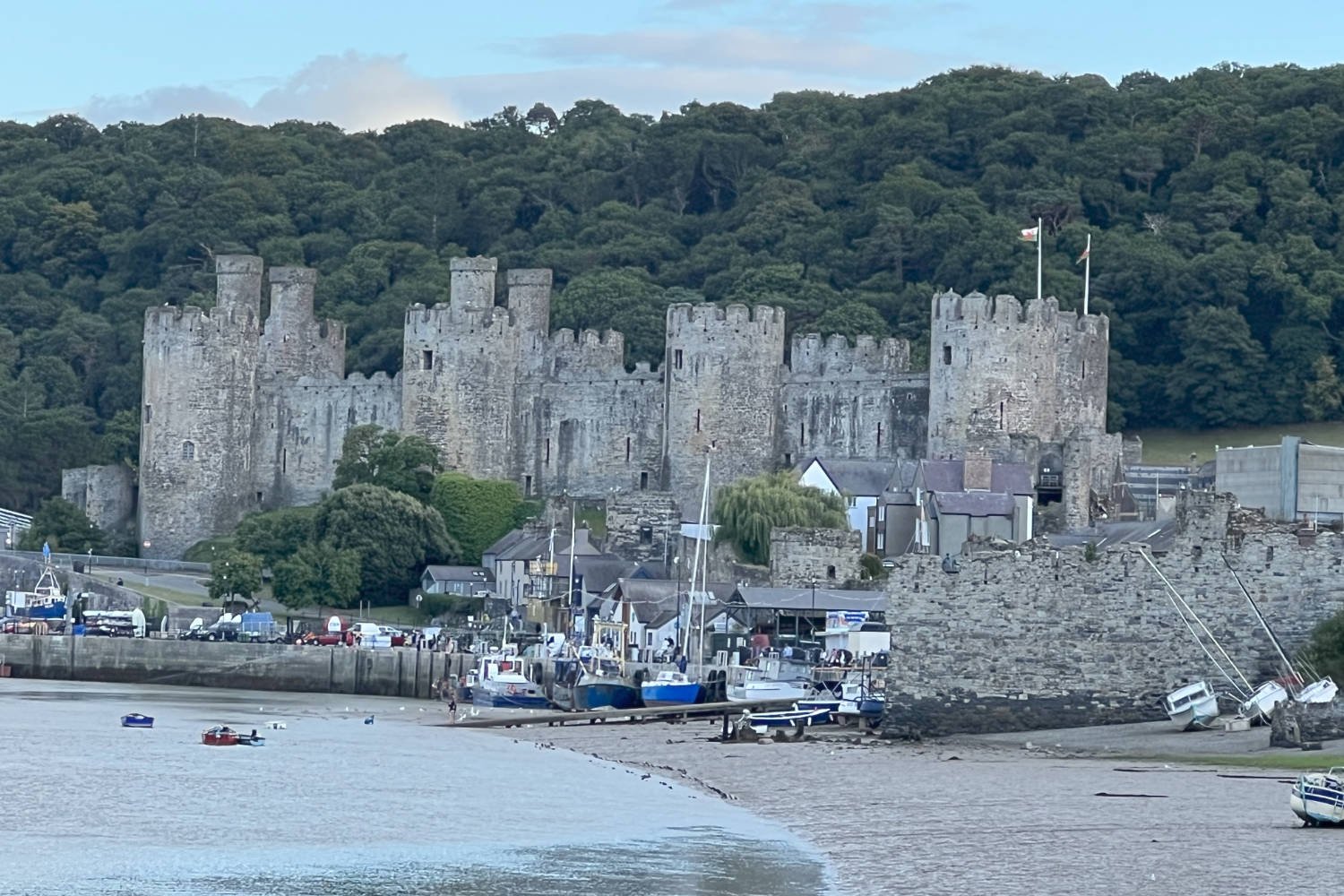
Ride practicalities
START/FINISH:Chester/Bangor DISTANCE: 122km TOTAL ASCENT: 1081m TERRAIN AND SURFACES: quiet country lanes, cycle lanes, former railway tracks, canal towpaths and fabulously wide and smooth promenades beside the sea. Surfaces throughout are good and suitable for a touring bike with a 28mm tyres. RECOMMENDED CAFÈS/PUBS/ACCOMMODATION: MAINLINE TRAIN SERVICES: Chester, Rhyl, Llandudno, Conwy, Bangor, PLACES TO VISIT: Conwy Castle, Penrhyn Castle, LINKS TO OTHER ROUTES: London to Holyhead , The North Wales Coastal Route
Ride Notes
After a night within the Roman Fort of Deva, exit the city through its Roman gateway, and follow the Chester Millennium Greenway, a splendid cycle path which takes you into Wales. The countryside is a little scruffy with wild hedges, flat marshes and smoking industry. This sort of un-manicured country has its own appeal, particularly after the earlier manicured lands in Central England. The Toyota car plant, two paper mills, two gas-fired power stations, and a spectacular bridge are some of the ‘highlights’. A huge Welsh flag along with a welcome sign, tells you that you have crossed the border. (The ‘welcome to England sign behind you has been much shot at!)
The route to Flint has long been used, both by the Romas and the conquering English kings who hoped to claim Wales as their own. A string of castles built by Edward I from Flint to Harlech protected the road. They were also used as bases from which English forces set out to subdue the ‘rebellious’ Welsh. Flint castle was the first to be built. It is essentially a castle within a castle. ‘The donjon’, or great tower, was surrounded by its own moat and separated from the rest of the castle by exceptionally thick walls. It was here, in 1399, where Richard II met his rival to the throne, Henry Bolingbroke (later Henry IV), in an event immortalised by Shakespeare in his ‘Richard II’.
To avoid the very busy North Wales Expressway, Route 5 heads inland and climbs up to Trelogan. It is a steepish climb, but the views are worth the sweat. At the summit is ‘the most remarkable stone monument in North Wales’. The ‘wheelcross’ is said to be the tallest in Britain. It’s magic lies less in its physical beauty, but more in the fact that historians have never been able to explain why it’s here, leaving us in this Age of Google, with a delectable mystery.
From the hills, you’ll see the great sweep of sea as from a gull’s perspective after which, like the gull, you swoop back down to the coast. From now until the end of the day, you are in for a cycling treat. Most of the route to Bangor is on a shared promenade beside the sea that is wide, flat and tarmac’d. I last rode this in August and almost had the entire way to myself. However, it is a shared path and you should expect the usual array of children, dogs and drifting couples oblivious to the world around them. Relax, ring your bell, drift with the salty wind, acknowledge your fellow humans and the day will be hassle free!
In amongst Rhos-on-Sea’s lines of static caravans, beach facilities, cafés and the like, is Britain’s smallest church, the 6th century St. Trillo. It would have been a marvellous sea-view cell for a prayerful monk. It is still an intimate place, one full of prayer and peace. To separate yourself for a few moments of contemplative calm, away from the cry of the gulls, the shriek of an excited child, the bark of a dog and the rustling sea, is a magical experience.
All the archetypal British seaside attractions, bar the donkey rides, are found along the three mile-long Colwyn Bay; buckets and spades, fish and chips, sand and sea, sun and wind. When a chill wind blows off the Irish Sea, the air is almost granular, polishing your cheeks into rubies. Beyond the headland is the Victorian film-set town of Llandudno, only without the extras promenading under their frilly umbrellas; wide streets, well-planted gardens and Kashmiri goats, said to be a present from Queen Victoria. Replacing the whiskered Victorian gentlemen are collections of jean-clad youths emerging from arcades and cheap chicken joints.
There are over 600 castles in Wales, more than any other country in the world, and Conwy castle is one of the "the finest examples of late 13th century and early 14th century military architecture in Europe" (UNESCO World Heritage citation). Even today, some 700 years after its construction it looks forbidding. Built on the orders of Edward I, it was designed to provide a safe haven for English administrators and soldiers. The Welsh were not allowed through the gates. Framed by a small wooded hill, a harbour filled with fishing boats and a glinting estuary, the crennallated walls and towers could not be more picturesque. It is the epitome of what a medieval castle should look like; menacing, grey, mighty, and stone-cold.
Conwy Castle
From Conwy into Bangor, the soundscape mixes the hush of the sea with the harsh wailing of gulls and the womping of rubber tyres on asphalt. Fortunately you are separated from the fury of the North Wales Expressway by a barrier, a verge and a strong fence. After Penmaenmawr, there are rural lanes which are so narrow that it seems barely possible to pass on a bicycle let alone a car, which might explain why you’ll unlikely meet a vehicle. The hedges are thick, stubby trunks of trees mix with the long grass and flowers such as campion and hardy geranium. Dunnocks, linnets and chaffinches roam across the fields, melting into the hedges as you pass. Quite how they manage to find a way through the thicket of branches and leaves without catching a wing is one of the many marvels of nature.
The final kilometres take you through the model village of Llandigai, built to house the staff of the Penryhn estate. It is a supreme example of how to plan something practical as well as aesthetic; each house is unique but fits within an overall style, each house had a garden and no front door faced another.
Being statements in stone of power and suppression, castles are controversial buildings. Penrhyn Castle, a mile outside Bangor, is even more controversial than Edward I’s fortresses, for it was built using the profits from slave plantations in the West Indies. Richard Pennant is long dead, but his castle built in the neo-Norman style, is one of Wales’ most important stately homes. It has a superb art collection and the National Trust have gone to some length to explore the links of the castle with colonialism and historic slavery.
The day ends in Bangor, Wales’ oldest city. It’s a pleasant enough city, centred around the cathedral.
Every route on this website has been carefully researched as well as ridden. However situations on the ground can change quickly. If you know of changes to this route, or cafes, pubs and the like which you think other cyclists need to know about, feel free to share your thoughts below.
If you enjoyed this guide, why not subscribe to the website so as not to miss other inspirational routes?
wheremywheelsgo.uk is a Feedspot UK Cycling top website




